#Aubusson tapestry
Explore tagged Tumblr posts
Photo

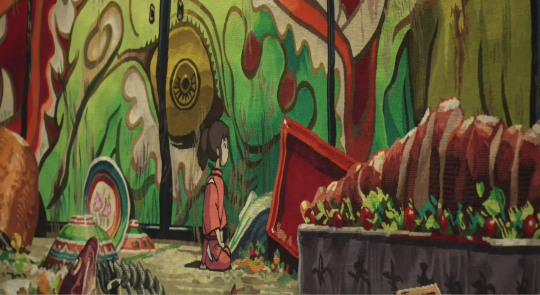

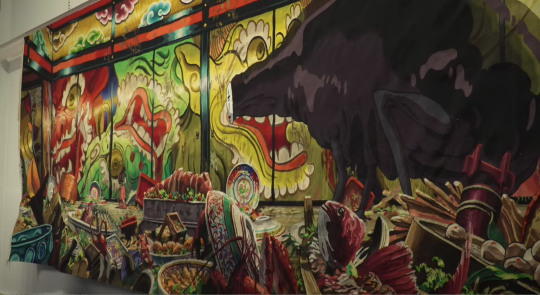

“The imaginary world of Hayao Miyazaki in Aubusson tapestries” project has unveiled a new tapestry today. It’s the banquet scene from Spirited away where Chihiro confronts No-face, and it’s GLORIOUS.
Pictures are from Catsuka and Cité internationale de la tapisserie’s insta. You can also see it here in video (all in French sorry!), 40min has the “tombée de métier” (when weavers cut the warp threads once a tapestry is finished) and 1h08min is when they unveil it.
Aubusson manufacture project is to make 5 full size tapestries from Ghibli’s works using traditional weaving techniques.
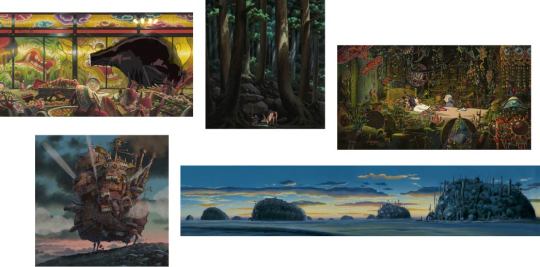
They have already worked on Princess Mononoke, finished last year:
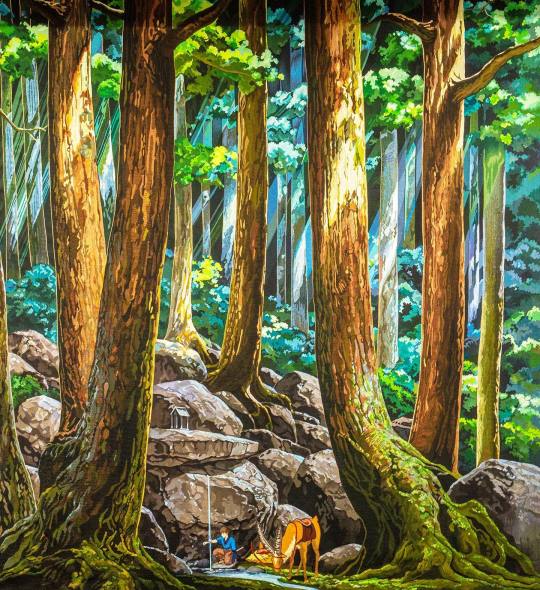
But the scenes I anticipate the most are coming, as they are now starting to work on Howl’s Moving Castle - especially Howl’s wizard bedroom :D
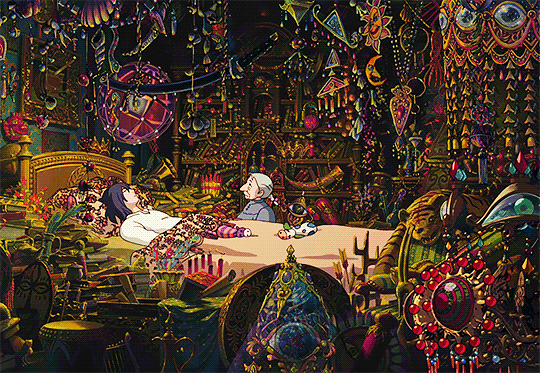
They are atm working on the cartons (weaving guide/blueprints):

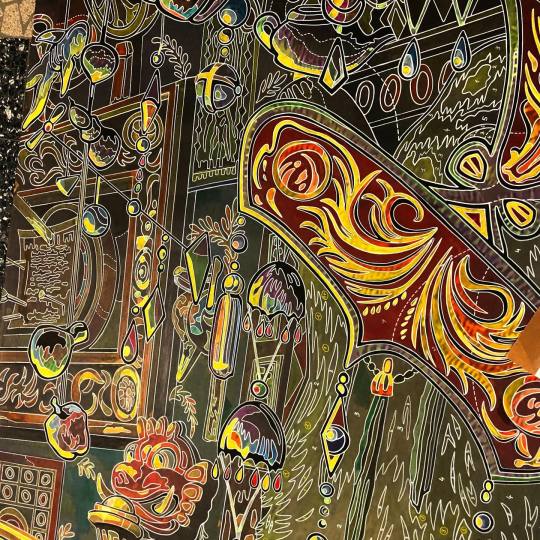
Spirited Away tapestry will stay exposed in Aubusson for the moment, while Mononoke one will be shown at Opéra de Bordeaux in March, and in Musée du Quai Branly in Paris this summer ;)
#japan#art#fiber arts#Arts and Crafts#aubusson tapestry#studio ghibli#hayao miyazaki#spirited away#sen to chihiro no kamikakushi#chihiro#no face#kaonashi#Howl’s Moving Castle#Mononoke hime#princess mononoke#weaving#weaver
586 notes
·
View notes
Text
Los Angeles Library
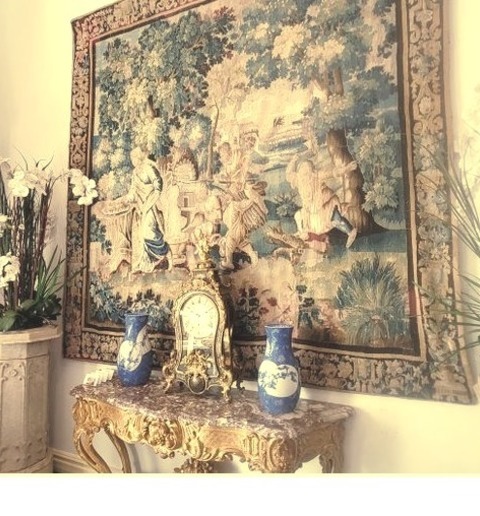
Huge elegant open concept marble floor and black floor living room library photo with white walls and a wall-mounted tv
0 notes
Text
Guys. You'll never guess what I saw yesterday! I WENT TO SEE TAPESTRIES OF THE PROFESSOR'S ARTWORKS!!!
They recreated a Numenorean carpet and it is HUGE!!!

Aaaaaah the whole exhibition was beautiful!!!
Look at this tiny ship ! This tiny Beleg !!!


#silmarillion#the silmarillion#lord of the rings#the hobbit#tapestry#aubusson#art exhibition#the result is amazing#and the project took YEARS#DinoDreams
395 notes
·
View notes
Photo

The Hôtel Camondo, home to one of the finest collections of 18th century French decorative art in the world. The gilded rooms are adorned with canvases by the likes of François-Hubert Drouais and Élisabeth Vigée Lebrun. The museum teems with further Ancien Régime treasures, from Riesner and Oeben cabinets, Beauvais and Aubusson tapestries, Savonnerie carpets from the Grande Galerie in the Louvre, to fine pieces of resplendent Sévres porcelain. No amount of beauty, however, can make one forget the story of the great family that once lived inside this glittering palace. Photograph by Musée des Arts Décoratifs #museenissimdecamondo #hotelcamondo #ruemonceau #paris #france #hotelparticulier #museum #frenchdecorativearts #frenchdecorativeantiques #ancienregime #francoisherbertdrouais #elizabethvigeelebrun #riesener #oeben #beauvais #aubusson #savonnerie #tapestry #sevres #sevresporcelain #georgesjacob #houdon #18thcentury #18thcenturyinterior #antiquefurniture #interiors #interior #decor #art #interiordecor (at Musée Nissim-de-Camondo) https://www.instagram.com/p/CqGXwxxInm3/?igshid=NGJjMDIxMWI=
#museenissimdecamondo#hotelcamondo#ruemonceau#paris#france#hotelparticulier#museum#frenchdecorativearts#frenchdecorativeantiques#ancienregime#francoisherbertdrouais#elizabethvigeelebrun#riesener#oeben#beauvais#aubusson#savonnerie#tapestry#sevres#sevresporcelain#georgesjacob#houdon#18thcentury#18thcenturyinterior#antiquefurniture#interiors#interior#decor#art#interiordecor
21 notes
·
View notes
Text

Appropriation of Urn with Flowers (Aubusson Tapestry)
Pearlescent Photographic Print. Acrylic and Fabric Paints. Wood. Steel. Found Fabric. Glue. Thread. 2020.
I've been posting older art work here today, and I wanted to take the time to talk about one of the coolest things I've ever made. This work began with an image of an Aubusson Tapestry which I wanted to reinterpret the shape of the vase to be the shape of a body. I painted myself, bought two bouquets of meaningful florals, and photographed myself. This image was composited with textures and printed on gold perlescent photo paper. I sourced some second hand doilies and a childrens tapestry. I used some second hand RIT dye to dye the tapestry with blue undertones. I cut it in half and sewed it back together to create framing with the bows. I used found fabric paint to add the roses and bird details. I made this frame from wood I cut and stained along with steel hardware. She has sadly been lost to time and damage, but lives on as my multimedia masterpiece.

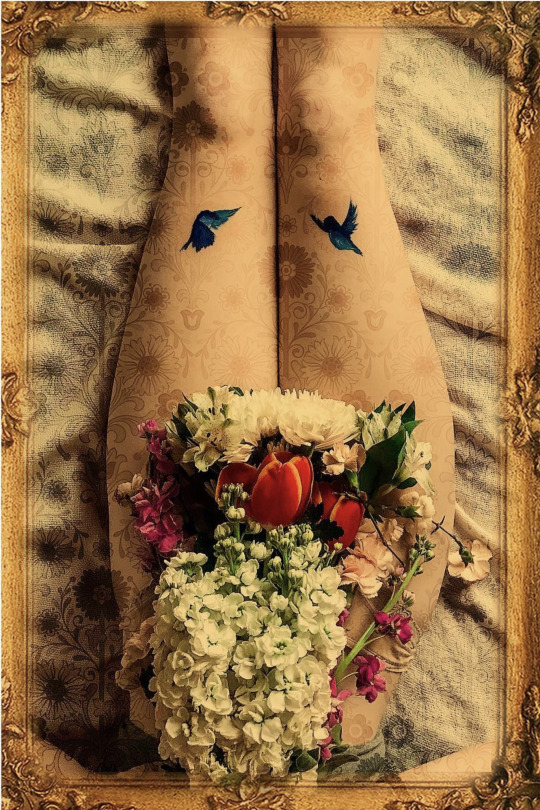

#art#my work#artist#multimedia#phtography#found materials#sustainable art#painting#framing#flowers#botanical#aubusson#tapestry#textile art
1 note
·
View note
Text






Et voilà! The Have One On Me tapestry reveal!
La Volière, de la Tenture Chinoise
It is a wool and silk tapestry representing The Aviary or The Fowler from the Chinese Hanging, François Boucher and Jean-Joseph Dumons. Place of creation: Creuse (France->Limousin) Aubusson factory, workshop of Jean-François Picon, 1750 / 1800 (2nd half of the 18th century) Height: 292 cm - Width: 265.5 cm (There are multiple versions of this tapestry and the measurements vary a few centimeters) One of the versions is in the Louvre collection. One owned by Joanna Newsom.
#my biggest thankyous and praise to art historian extraordinaires zebreacadabra and marielouisevonfranz <333#joanna newsom#have one on me#la volière#the aviary#tapestry#art#love joanna#jnew
112 notes
·
View notes
Text


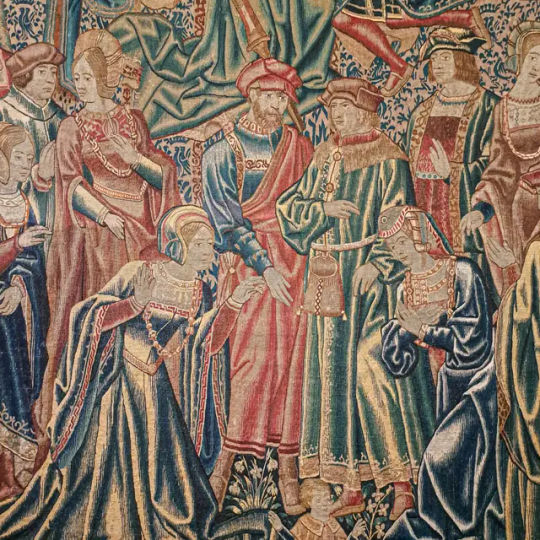


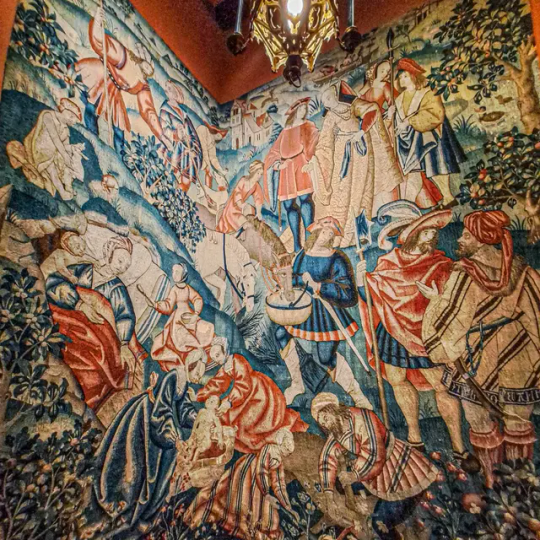
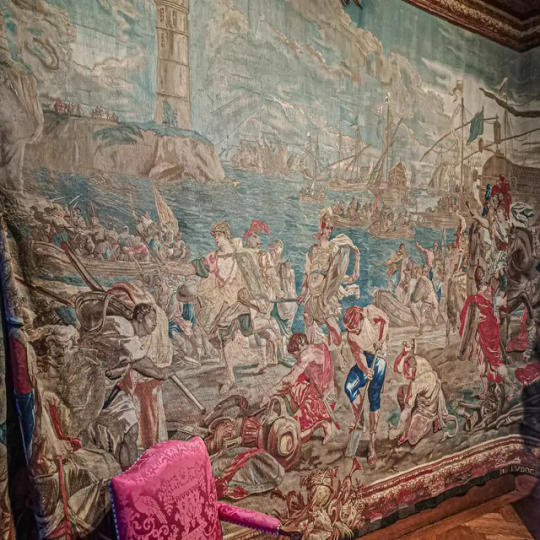
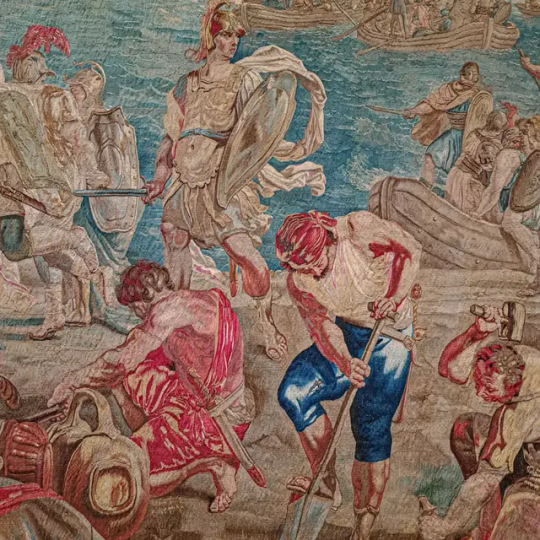
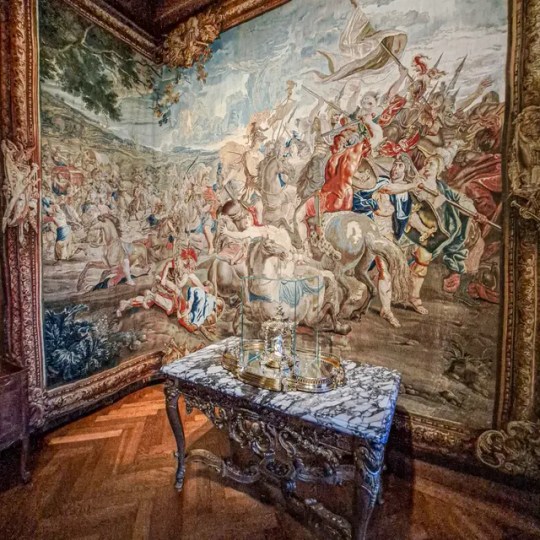
The beauty of Flemish tapestries.
From the 13th century till the 17th century, Flanders, Hainaut and Brabant were the epicentres of tapestry making. It were the most expensive pieces of art ( more expensive than paintings for example) from the Middle Ages till halfway the baroque period. They sometimes had silver or gold woven in it to give it more lustre. Initially only for sovereigns and the highest eclastical individuals, made on commission. The cartoons were originally made by the weavers, later by local artists, and later cartoons were sometimes made abroad and send to be woven in the workshops of the Southern Netherlands (read: Belgium and Northern France). Cities of tapestry making were among others. Atrecht (Arras : in italian tapestry are arazzi), Bruges, Tournai, Edingen, Oudenaarde, Geraardsbergen, Brussels. Even though Flanders was only one of the counties of the Southern Netherlands, the concept of Flemishis apllied to a wider area were Flemish culture was spread.
After Louis XIV broke the monopolies of the workshops in the Southern Netherlands after conquering territorirs during the Wars of the Spanish Succession, he brought over weavers from those lands and the Manufacture des Gobelins near Paris was being established, since then the French created their own style of tapestries, along with a reviving of a production in Aubusson, were flemish weaving techniques were already introduced during the 14th century and a small regional production was already established for wall and floor tapestry and for upholstery.
Many tapestries located in the areas conquered by the French Revolutionist mobs were burned in an attempt to retrieve the silver and gold ... resulting in the fact there are seemingly more surviving flemish (and french) tapestries to be found in England, Spain or Italy.
But the tapestries in this post, these are on display in the Castle of Gaasbeek, located south west of Brussels. They belong to a collection that was established during the 19th century.
One of the series of tapestries in the castle are the so-called Carrabara or Gypsy Suite dates from the Tournai studio of Arnould Poissonier and dates from ca. 1500-1525.
During the Flemish Renaissance period (sixteenth century), Tournai was one of the most important centers for tapestry production. People mainly wove with wool and silk. Typical details are the strongly defined folds in the clothing and the grass tufts that protrude everywhere in the landscape. Tournai carpets were known for their intense, contrasting colours. This is still noticeable, although the colors have faded. For example, the yellow has almost disappeared, making the green – which consists of a mixture of blue and yellow – increasingly bluer.
Gypsies used to be very distrusted, as a strange people of musicians, dancers and fortune tellers, but at the same time they were fascinating because of their unclear origins and their colorful customs. So ideal inspiration to make a tapestry about, as a conversation piece.
#historic buildings#historical#belgium#history#art history#historical interior#flanders#tapestry#tapestries#flemish art#flemish#flandes#flandres#flandern#fiandre#kasteel#chateau#kasteelvangaasbeek#tapisserie#arazzi#renaissance art#renaissance#baroque#decorative arts#arte#artwork#art#beautiful#amazing beauty#europe
30 notes
·
View notes
Text
Treasure in the Royal Tower Tapestries (some sourced more reliably than others)

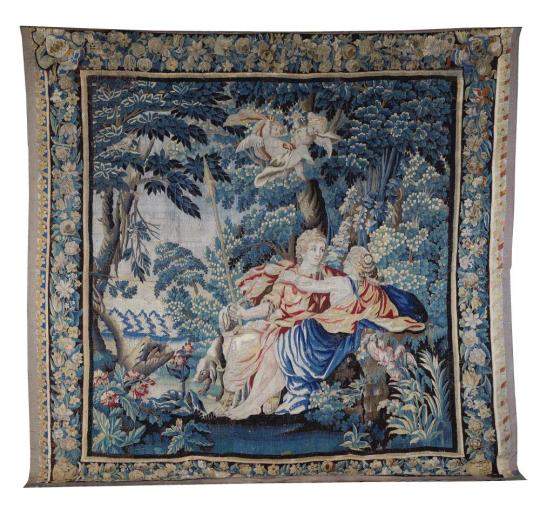
17th c Aubusson Mythological Tapestry (possibly Venus and Adonis)

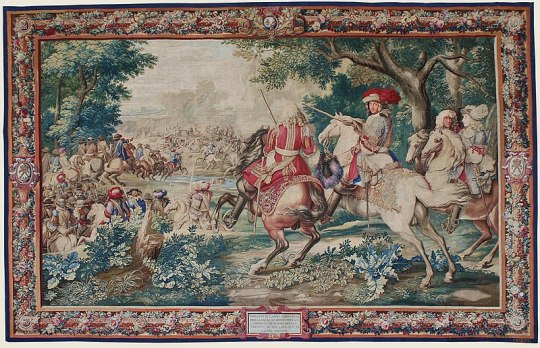
l'Histoire du Roi: the defeat of the Count of Marsin, ca. 1711-1715


Young cavalier executing the levade before Mercury and a gentleman, ca. 1666


The Great Yarmouth Cloth of Estate with Tudor Arms, ca. 1547-1594
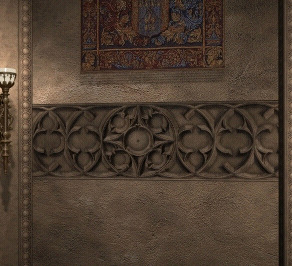

Tapestry with the De Nagera family coat of arms, ca. 1550


left: 17th c. Louis XIV Armorial Tapestry with Marquis de Louvois' coat of arms (but make it dark, I guess) right: Les Grandes Armes de l'Empire Français, ca. 1808-1811 (but make it dark, I guess)
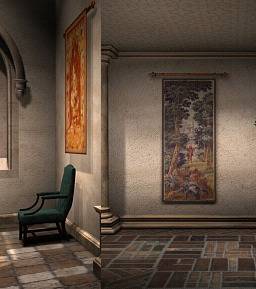

left: tapestry recreation websites my unreliable and beloathed, but they seem to be my only option. pattern is described as a 'Napolen III style, 19th c. entre fenêtre' but I have not been able to find the original design right: tapestry recreation websites my unreliable my beloathed my only option once again: I don't even have my original source link for this one because in addition to being unreliable, sites that sell handmade tapestry recreations also tend to be short lived. but hey, you can buy one on AliExpress for $3k. seriously though, I have no reliable information for this design.
104 notes
·
View notes
Text
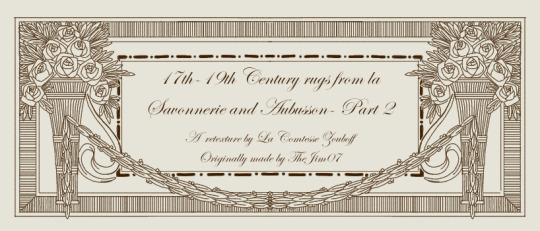
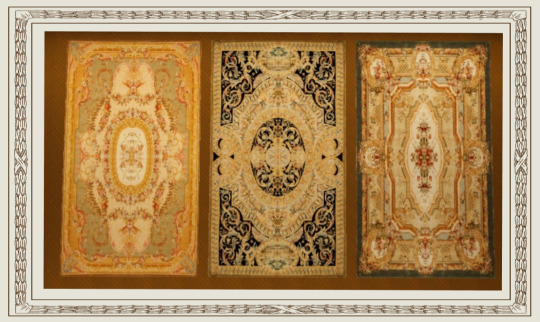
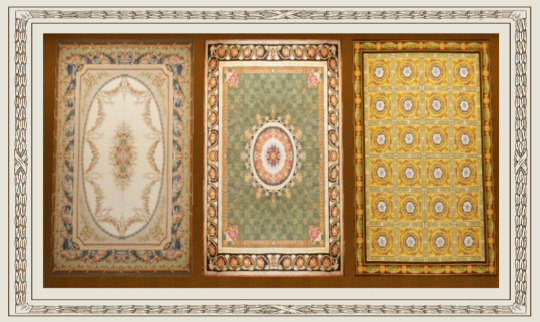

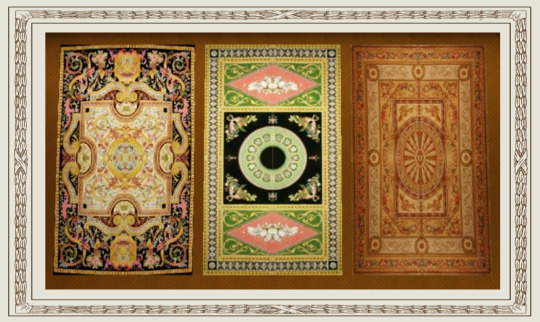
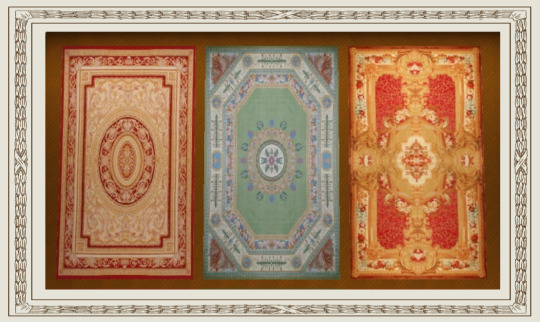
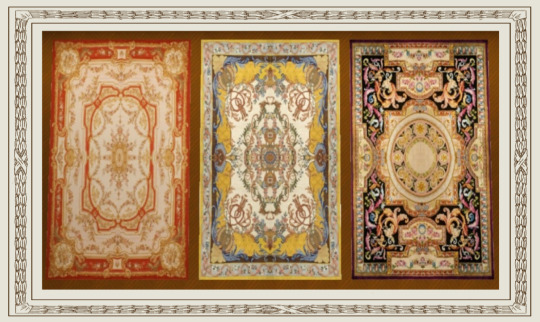
XVIIth-XIXth Century rugs from the Manufactures of la Savonnerie and Aubusson (and Axminster!)
Part II
A retexture by La Comtesse Zouboff — Original Mesh by @thejim07
These rugs were created by either La Savonnerie or Aubusson manufactures, two prominent and luxurious rugs, upholstery and tapestry manufactures stablished in france during the Ancien Régime.
The set contains 18 swatches in many styles, ranging from Louis XIV to Edwardian, in 2 sizes (5x7 and 4x6) and of course none of then are castable.
This time, I added a small gift to make up for the delay, it's a rug woven by Axminster for the Saloon at Saltram House in Plymouth, England! (1st picture, first rug from left to right)
Found under Decor > Rugs for 3.200§ (4x6) and 4.360§ (5x7)
Retextured from "rectangular classic rugs - 5 sizes - 18 variations" found here
CC shown here:
Floor by @martassimsbookcc
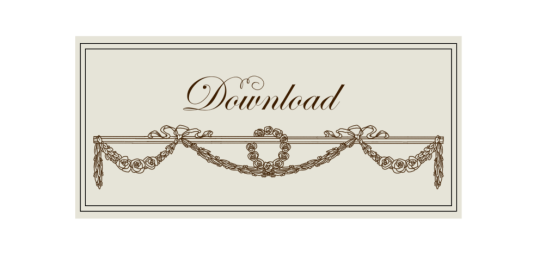
Drive
(Sims3Pack | Package)
(Useful tags below)
@joojconverts @ts3history @ts3historicalccfinds @deniisu-sims @katsujiiccfinds @gifappels-stuff
-------------------------------------------------------
#ts3#the sims 3#s3cc#sims 3#sims 3 cc#sims 3 download#sims 3 decor#aubusson#rugs#carpets and rugs#comtesse zouboff
150 notes
·
View notes
Text


Le Corbusier (Switzerland, La Chaux-de-Fonds, October 6, 1887 - August 27, 1965, Roquebrune-Cap-Martin, France)
The Three Musicians ca. 1958. Handwoven Aubusson wool tapestry
thnx theunfoundone & cafe-solo
19 notes
·
View notes
Text


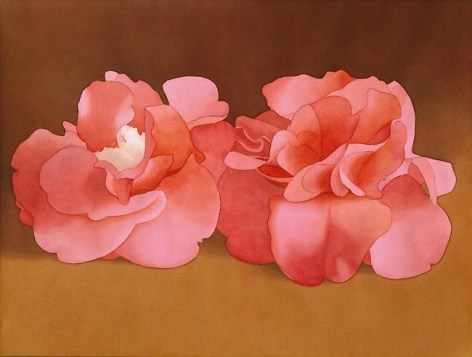




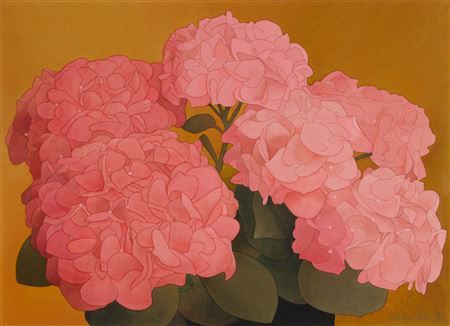

Mark Adams was born in Fort Plain, New York in 1925 and died in San Francisco in 2006. He attended the Hans Hofmann School of Fine Arts in New York City in 1945 after studying for two years at Syracuse University. He spent the next few years traveling between New York and California before he settled in the San Francisco Bay Area in 1952. Adams married fellow artist Beth Van Hoesen in 1953, and completed a four-month apprenticeship in Aubusson tapestry with the acclaimed Jean Lurcart in Saint-Cere, France in 1955.
Mark Adams is best remembered for his versatility as an artist, possessing talent in a diverse array of artistic media including tapestry, stained glass, oil painting, mosaic, drawing, watercolor, and printmaking. Early in his artistic career he focused on tapestry and stained glass. By 1962 Adams had two solo exhibitions of his tapestries at the de Young Museum and the San Francisco Museum of Modern Art. He completed tapestry commissions for various institutions, including the San Francisco International Airport. Adams also took an interest in stained glass, which he considered an extension of his work with tapestry and his enthusiasm for liturgical art.

By 1975, Adams grew frustrated with the limitations of his craft and the lack of complete control he had over the actual fabrication of his work. Drawn to the idea of small, intimate, and personal works that he could manage from beginning to end, he began a new venture in watercolour. Adams soon realized he could incorporate his techniques of flat planes of color as he had in tapestry and stained glass by using a wash to create his desired spatial effects, along with continuing his ideas of transparency and luminosity. He favored the quotidian subjects that exemplified his life, depicting them in such a way as to evoke a sense of nostalgia. Adams eventually learned to deemphasize his precise technique as a means to communicate his excitement for the subject he was portraying.
44 notes
·
View notes
Text

A gentle pattern coming from the Aubusson tapestry and faded antique suzani on the ottoman - a calming countryside space that lets one settle.
10 notes
·
View notes
Text

Aubusson Verdure Tapestry Fragment, France, 18th century.
3 notes
·
View notes
Link
Tapestries - A good 17th century French Aubusson verdure tapestry in wool and silk depicting a a wader in a landscape with ruins at the back. Provenance : Château Tillède in Arveyres (Gironde), property having belonged to Armand Lotti (1897-1993), pioneer aviator, sponsor of the first French crossing of the North Atlantic in the West-East direction in 1929. B
0 notes
Text
Handwoven Wool Aubusson Lumbar Pillow Cover Antique French Style Cushion 15x24
0 notes